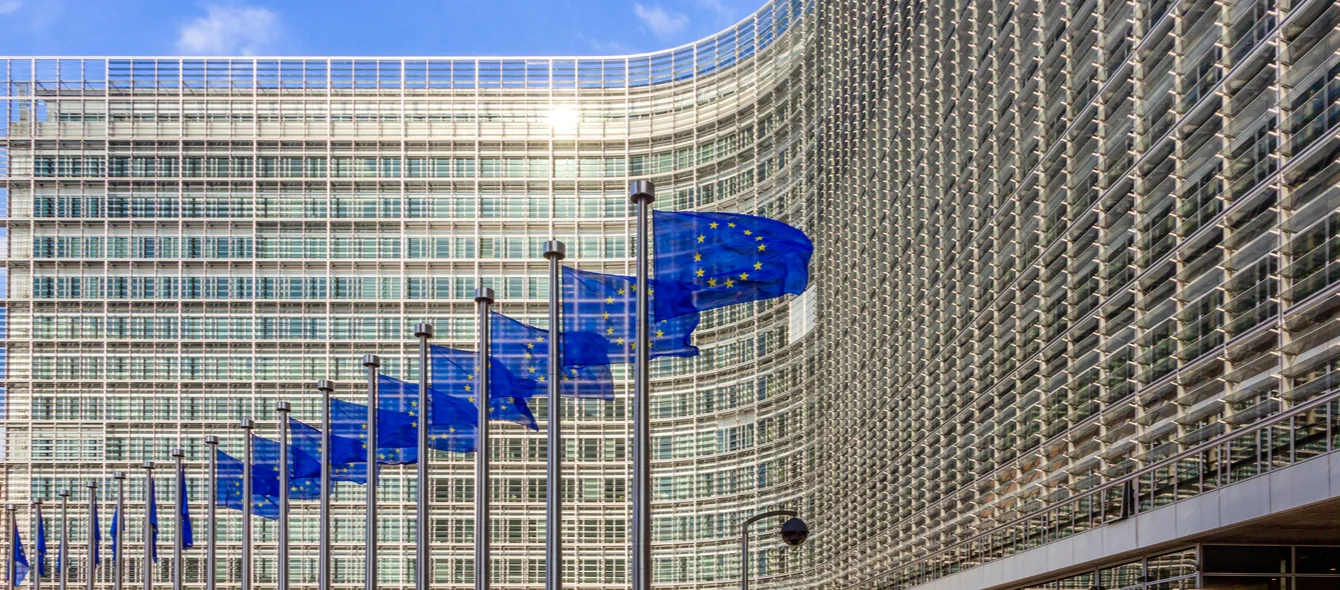The European Green Deal is a milestone on the way to achieving the climate goals of the Paris Agreement. In this series, we take a look at some of its key elements relating to the energy sector, the European Climate Law, the Investment Plan, the Industrial Strategy and the Circular Economy Action Plan.
One of the first actions of the new European Commission on taking office under European President Ursula von der Leyen was to push forward a target of climate neutrality by 2050.
This target was first set out in November 2018 and endorsed by the European Parliament in March last year. On December 12, 2019, it was formally endorsed by the European Council, which represents the EU’s member states, although one member state, Poland, has yet to commit to climate neutrality by 2050.
It is one of the most ambitious climate change plans ever announced both in terms of what it aims to achieve – net zero carbon emissions by 2050 — and in terms of the area it covers. The EU, with a population of 446 million people, represents around 16% of the world economy.
Green growth plan
In fact, the EGD always was a growth plan. It envisages the mobilisation of more than €1 trillion in sustainable investment over the next decade, raised from both private and public funds, to accelerate the energy transition.
At its heart is the concept of sustainable growth, the idea that value and wealth can be created without causing environmental damage — in terms of greenhouse gas emissions, reductions in biodiversity, air quality or other negative effects.
As the International Energy Agency (IEA) recently put it, “we are far from on track”.
Enter the European Green Deal (EGD), the centre piece of the Commission’s ambitious net zero carbon plans. Although announced last year, the EGD has assumed even more significance as a result of the coronavirus pandemic as governments struggle to reboot their economies.
The EGD now has to address climate change amid the need for economic recovery. The aim is to get Europe back to work, but on a more sustainable footing, which allows the 2050 carbon target to be met. The IEA has specifically recommended combining energy transition spending with recovery spending to create more sustainable economies.
Green growth plan
In fact, the EGD always was a growth plan. It envisages the mobilisation of more than €1 trillion in sustainable investment over the next decade, raised from both private and public funds, to accelerate the energy transition.
At its heart is the concept of sustainable growth, the idea that value and wealth can be created without causing environmental damage – in terms of greenhouse gas emissions, reductions in biodiversity, air quality or other negative effects.
It aims to take a global lead in green growth technologies, both to foster sustainable growth at home and to export environmental know-how and goods abroad.
It is wholistic, recognising that actions taken in one part of the economy can have both positive and negative feedback effects elsewhere. Environmental impacts must be taken into account and prioritised in all policy areas. And it aims to be just, recognising that the energy transition will affect different countries and communities in different ways.
Given its wide reach and ambition, the EGD is made up of a number of laws, policies and initiatives. These are the contents of the next articles of this series.
Photo credit: © VanderWolf Images, shutterstock.com
